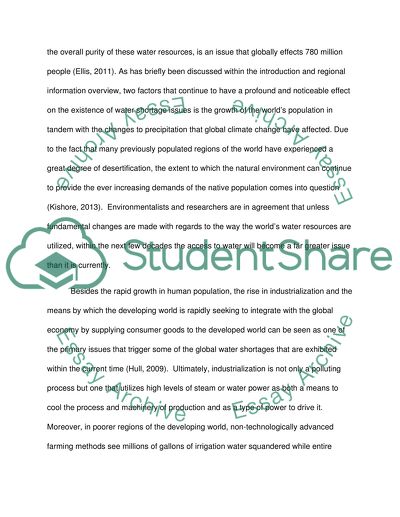Cite this document
(“Global water crisis Research Paper Example | Topics and Well Written Essays - 2000 words”, n.d.)
Retrieved from https://studentshare.org/english/1483374-global-water-crisis
Retrieved from https://studentshare.org/english/1483374-global-water-crisis
(Global Water Crisis Research Paper Example | Topics and Well Written Essays - 2000 Words)
https://studentshare.org/english/1483374-global-water-crisis.
https://studentshare.org/english/1483374-global-water-crisis.
“Global Water Crisis Research Paper Example | Topics and Well Written Essays - 2000 Words”, n.d. https://studentshare.org/english/1483374-global-water-crisis.


